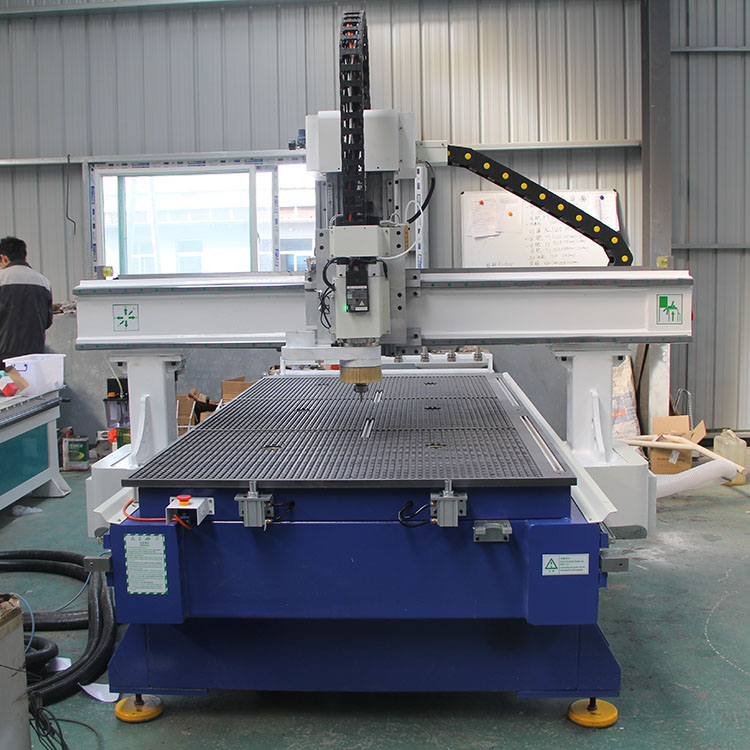
- English
- Español
- Português
- русский
- Français
- 日本語
- Deutsch
- tiếng Việt
- Italiano
- Nederlands
- ภาษาไทย
- Polski
- 한국어
- Svenska
- magyar
- Malay
- বাংলা ভাষার
- Dansk
- Suomi
- हिन्दी
- Pilipino
- Türkçe
- Gaeilge
- العربية
- Indonesia
- Norsk
- تمل
- český
- ελληνικά
- український
- Javanese
- فارسی
- தமிழ்
- తెలుగు
- नेपाली
- Burmese
- български
- ລາວ
- Latine
- Қазақша
- Euskal
- Azərbaycan
- Slovenský jazyk
- Македонски
- Lietuvos
- Eesti Keel
- Română
- Slovenski
- मराठी
- Srpski језик
How to hold small parts on your CNC router
2023-08-03
The concept of a "small" part depends entirely on the type of work and material you are dealing with. However, as a rule of thumb, any part smaller than the palm of your hand should be considered small. Here are some of the best conditions for cutting small parts, as well as alternatives if your setup is not quite up to the task.

How do I set up my CNC milling machine?
When machining small parts, it is inevitable that very little vacuum will be held. This can be especially problematic at the end of the cutting cycle, when the part may be moving. There are a variety of reasons why parts may move on the bed during the cutting process. Here are some examples:
Poor vacuum due to the condition of the sacrificial bed. If there are too many previous cut lines, your machine will have a vacuum leak, resulting in weak compression.
Too many open areas. Ideally, you will only have open areas on the area of the machine where you plan to process the material.
Material thickness. When you are dealing with the last few millimeters of the cutting line, there may be too much radial force on the part. This will always drag the part towards the tool, damaging the part in the process. If the material is thick (10 millimeters or more), this increases the chance of the part moving.
Chips or swarf. Any debris between the material and the sacrificial bed creates an uneven surface and causes vacuum leakage, which reduces compression force.
To avoid movement, you should follow these steps:
Replace or skim your sacrificial bed.
Close all excess vacuum areas and cover all exposed areas in the desired zone. This will concentrate the vacuum directly on the part to be cut.
Make sure the sacrificial bed surface is clean and free of debris. Any debris will prevent a strong vacuum from forming under the material.
What is the best way to handle the material?
There are several ways to prevent small parts from moving. Here are some options for methods:
Slant into the material. During the cutting process, instead of cutting straight in, drive into the workpiece as the tool cuts, leaving a "ramp" like starting point. As the tool approaches the end of the cutting process, it will meet the surface of the part that was cut away during the ramping process.
Use the finishing process. This process involves cutting most of the material, leaving approximately 1/125 inch (0.2 mm) around the part and 1/50 inch (0.5 mm) on the bottom of the selected material. The process is completed by machining the remaining material. This process reduces the amount of force applied to the part.
Cutting the edge. This is the small portion of uncut material that attaches the part to the scrap. This method is widely supported by most software and is a proven method of fixing parts. However, it requires further work after machining the material



